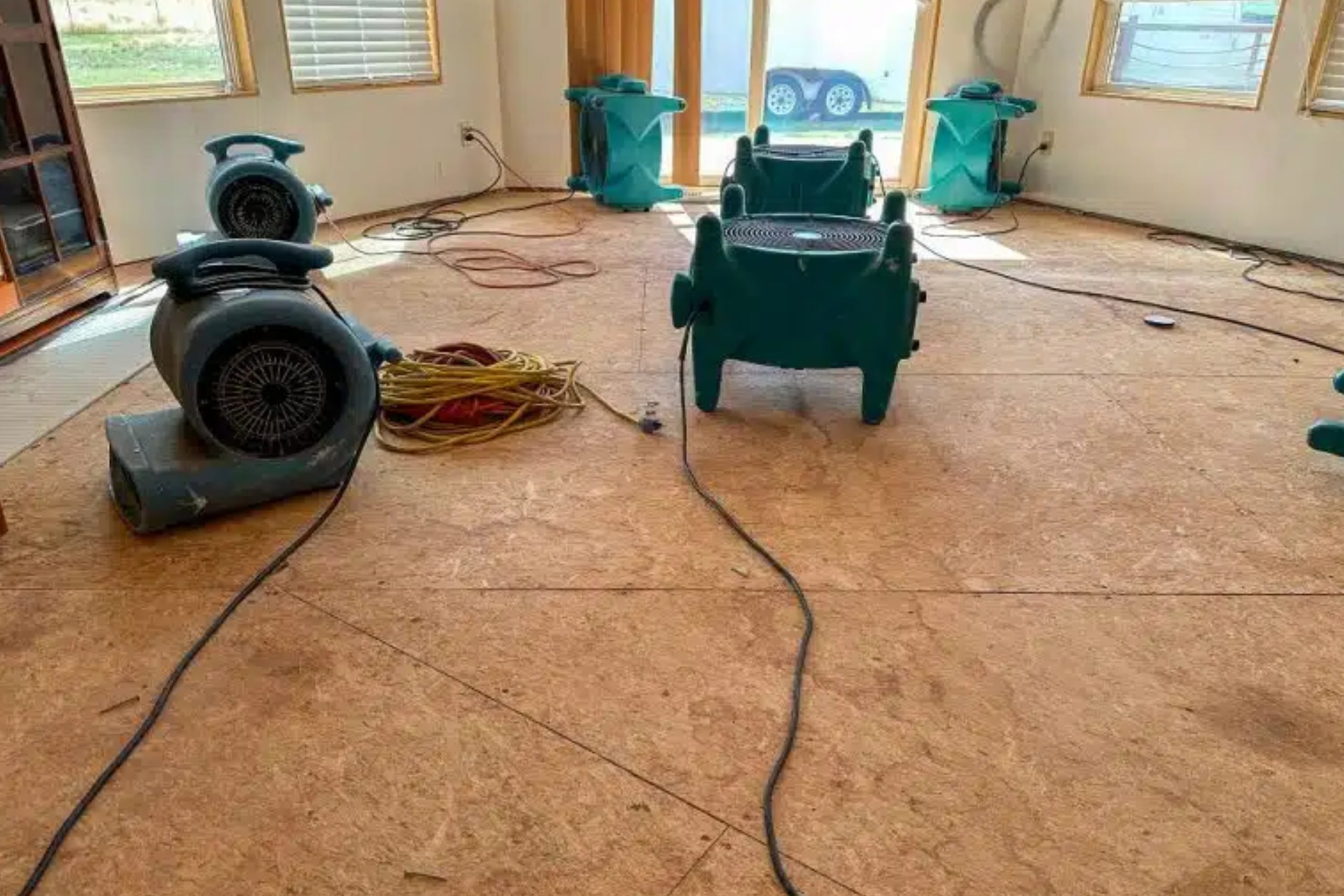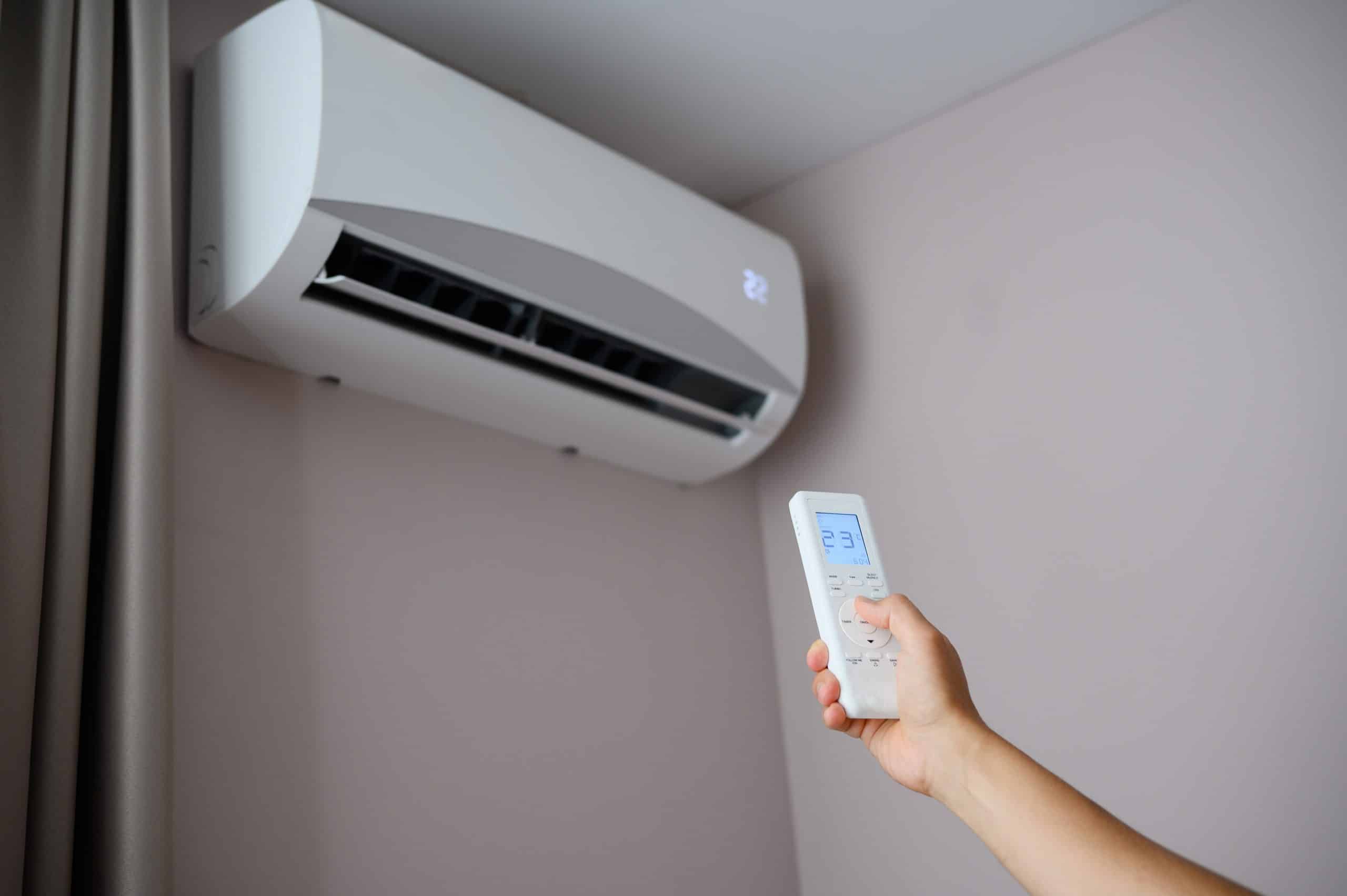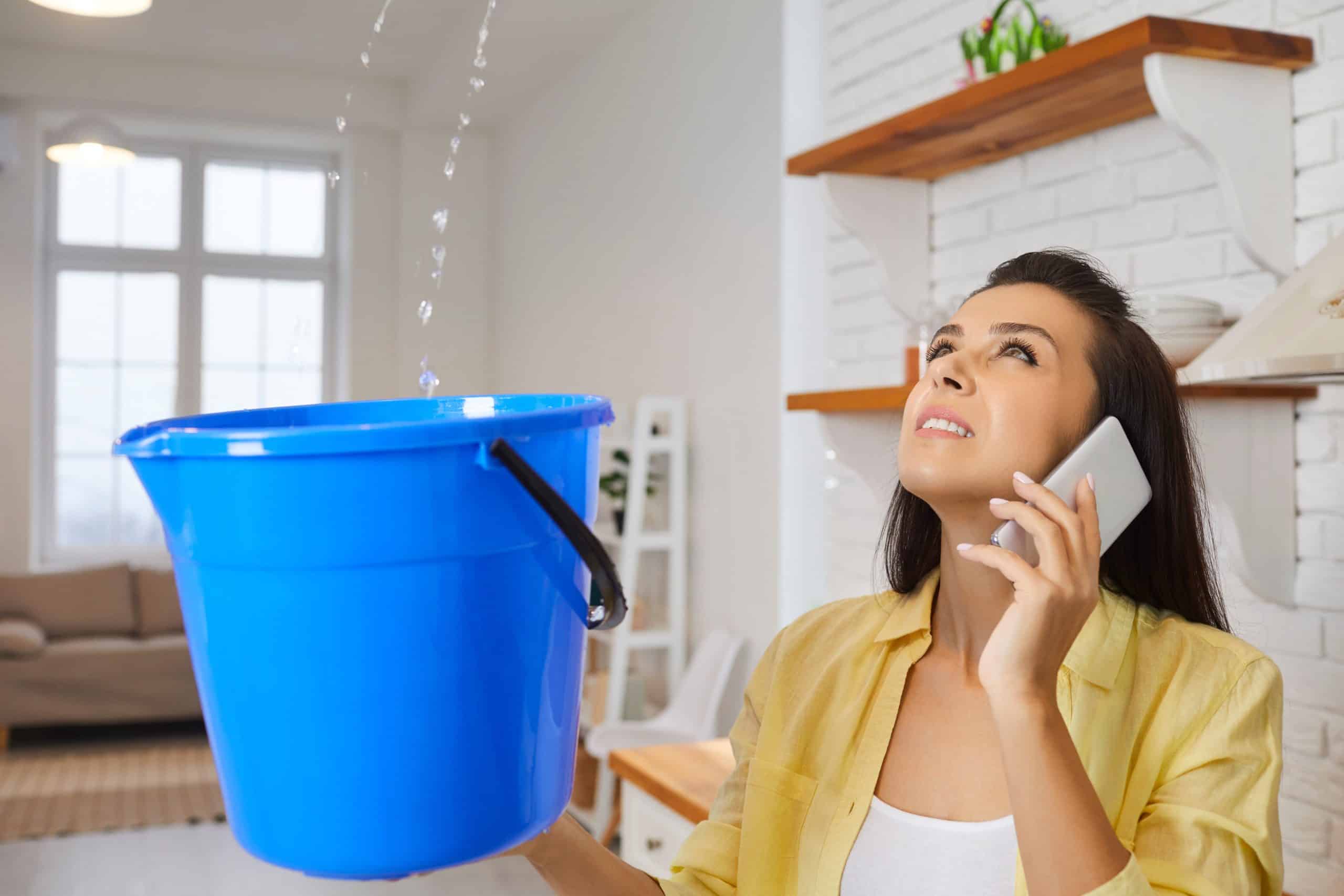Fact: Properly restored floors and furniture recover up to 90% of their original beauty and…
Flooded Home? Here’s How to Dry Out and Rebuild
Flood damage is one of the worst forms of water damage. It causes more damage, requires more detailed and widespread cleaning, and may contain the most contaminated subtypes of water damage: Grey water damage and Black water damage.
Such type of water damage raises the possibility of mold residue, and this implies that the surrounding air may include toxins, allergies, and other substances that can be very dangerous to health.
Ensuring a safe and toxin-free environment requires the implementation of flood cleanup and flood damage restoration techniques.
Flood Cleanup
Flood Cleanup refers to removing huge amounts of water from the affected areas. This type of cleanup may involve more than normal suction pumps. It requires a good cleanup service provider who will work tirelessly to help the concerned deal with their flood water emergency.
The main objectives of dealing with this issue should be using advanced restoration equipment and techniques to remove standing water, treat mold, and restore the property back to normal.
Flood Damage Restoration
Restoration work must be done carefully whether you’re dealing with floods from a natural disaster, a busted pipe, or a backed-up sewer. There is obviously a need for expert assistance in this area.
Building materials that have not had enough water and moisture removed will eventually develop mold and mildew issues.
Procedure for Managing Floodwater
These are the fundamental procedures for evaluating and managing floodwater cleanup.
Determine the Extent of the Initial Harm and Be Aware of Your Limitations
Wear the right safety gear to protect yourself adequately. If there is a lot of standing water, use a vacuum system to clean up but larger jobs would require a larger wet/dry vacuum.
Try to Stop the Cause
If feasible, remove the source of the water leaking into the region. For instance, to stop water from entering the building due to a damaged pipe, turn off the water main outside the structure.
Remove Water
For smaller spills, a basic wet pickup vacuum can be used, depending on the volume of water involved. But it is advised that a professional-grade water removal tool is used if you are in the middle of a significant restoration project
These devices can simultaneously pump out and recover water, quickly removing substantial amounts of water.
Dry the Area
If a significant amount of water has been injected into the area or the outside humidity is excessive, you can use a portable dehumidifier to expedite the drying process.
It is best to seal off the damaged area for major restoration projects and utilize a professional-grade dehumidifier with several air-moving fans to eliminate moisture.
Clean up
Apply the appropriate chemical treatment to the impacted areas to avoid mold or mildew growth. Note that disinfectants lose a lot of their ability to destroy germs when applied to unclean surfaces. General-purpose cleansers must first be used to remove dirt from surfaces.
Replace Damaged Material
You need to contact a qualified contractor to replace or repair areas that are too badly damaged. A homeowner’s insurance policy might mandate the replacement of any material damaged by water or flooding.
Monitor for the Remaining Effects of the Water
After you’ve completed the task, monitor the region. Mold and mildew may grow if restoration work is done without allowing the area to dry completely.



